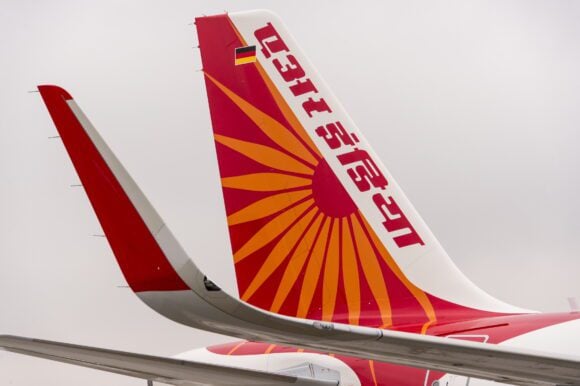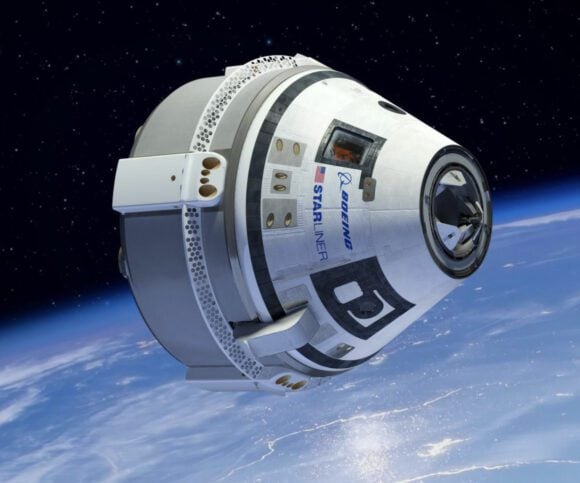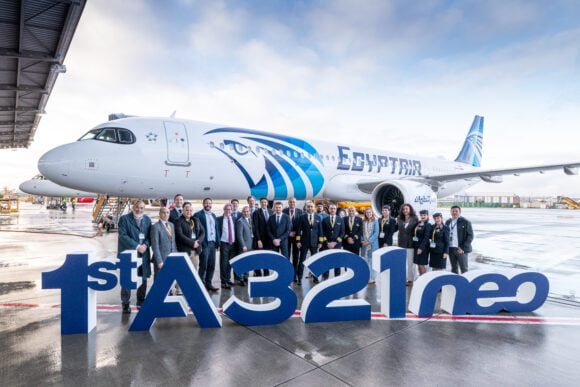In 2013, we published an article on, and coined the phrase, the Super Twins, the A350-1000 and 777-9. Since that time, the market has continued to evolve, with these aircraft becoming viable alternatives to larger four-engined very large aircraft in many markets. With the 787-9 and A350-900 now in service, and the 787-10, A330neo, and A350-1000 soon to enter service, it is time to revisit this segment.
Right Sizing Aircraft
For many airlines, the mantra today is right sizing aircraft for specific markets, and ensuring that they can fill an aircraft, particularly for the US oligopoly in which capacity constraints are a competitive option. In the wide-body category, they have a variety of choices. From Boeing, the 787 now comes in three sizes, with the latest model, the -10, squarely in the 300-400 seat class. From Airbus, the choice is technology level between the high technology A350 and the lower technology A330neo, with new engines and competitive performance at a lower price than the A350.
Competitively, the A330-800 and -900 neo models place price pressure on the 787-8 and -9, which are more expensive to build. Airbus can deliver ~80% of the improvements of the new technology airplanes through re-engining, new wing and other updates, but is able to price them at ~70%, putting substantial pressure on Boeing from below. The art of pricing to the point of economic indifference is alive and well in the industry.
Let’s look at the Super Twin market, which we define as 300 seats or greater. There are several players in this game, as illustrated in this competitor chart from Boeing.
How good are these new aircraft economically versus today’s models, and how competitive are these new technology aircraft at today’s low fuel prices? For these aircraft, we utilized a business/economy two class seating arrangement in an economic analysis, which compared these aircraft on a 4,000nm mission. Our two-class seating assumptions are shown in the following table. While the 787-8, A330-800, 747-8, and A380-800 do not qualify as Super Twins, we included them in our economic analysis for comparative purposes.
Why are the Super Twins so compelling for airlines? The answer is better economics, covering both aircraft-mile and seat-mile costs. The chart below summarizes our economic estimates for these aircraft for a 4,000nm mission with fuel priced at $2.00 per US gallon. Our operating cost estimates include fuel, crew, maintenance, navigation fee and landing fee costs, based on data from Airbus, Boeing and other industry sources.
It is notable that several of the new technology aircraft beat the A380-800 in cost per seat mile. This means that airlines can minimize the risk associated with a large aircraft by using a more efficient Super Twin in markets that are unconstrained. This leaves a smaller niche for the A380 of cities with airport congestion, in which frequencies are limited and larger capacities are necessary. London is one such market, and others are emerging, such as Hong Kong. But airlines are loathe to purchase large aircraft unless, like Emirates, they are certain they can make them work in their network. The A380 does make sense when consolidating frequencies, and can save about 30% in that process. But airlines in many markets, including JFK-LHR, have not moved in that direction yet, despite the potential savings.
The good news for Airbus is that congestion is growing. The bad news is that it may take some time before levels warrant an A380 at many airports. While the 20 year outlook is strong, the five year outlook isn’t nearly as compelling, and Airbus needs more sales now.
Apart from Emirates, which benefits from an ideal east to west and north to south connecting hub, the A380 has had a difficult time finding new customers. The smaller, and less economic 747-8i has struggled, as more efficient twins with equal capacity obsoleted that aircraft economically before it could gain a market foothold.
Adding Capital Costs to Operating Costs
When capital costs are added to operating costs, things change a bit, and the gap between aircraft narrows. This makes sense, as the market tends to price aircraft at the point of economic indifference. We utilized projected monthly lease rates to obtain a capital plus operating cost comparison in our analysis. It is notable that the lower cost A330neo aircraft gains ground against its more expensive competitors in this analysis, and becomes more competitive with new technology competitors. In fact, the nine aircraft leading the market are within about 12% of each other in seat-mile costs. It almost doesn’t matter which Super Twin you choose, it will be a winner economically.
The 787 and A350, all new technology aircraft, will be winners. Their re-engined competitors, the A330neo and 777-X models, will also be competitive, with the minimally changed A330neo competing on price, and the heavily redesigned 777X on economic performance.
The Impact of Lower Oil Prices
Since the drop in oil prices, we’ve seen a slowdown in orders for new technology widebodies. The rationale is quite clear – the capital cost differential between a new 787 and old 767, or a new A350 and an older 777-300ER are such that they cover all or nearly all of the operating cost savings. At low fuel prices, the right economic decision is to push out new orders until the older aircraft begin to hurt operations with excessive maintenance costs or downtime. But as long as the older aircraft continue to perform, it makes sense to keep them in service rather than replace them. Delta’s fleet decisions are the model here, the airline bet on low fuel prices and older aircraft staying useful. Their financial results speak for themselves. It was a strategy that worked, so far.
Nonetheless, the older types will need to be replaced, including the 747s retiring from major airlines. They will be replaced by Super Twins, which will take over the wide-body market.
Views: 27




Ernest, you say that the A380 makes sense when consolidating frequencies, and can save about 30% in that process. This is a very impressive saving. How did you arrive at such a big number? Where do the savings come from? Is it ground handling, personnel, fuel?
Great analysis, I think the situation will also be further changed if you consider the price of old planes at the end of their service
I think , both A380 & B747-8i are great planes and much more safer than twin planes if we manage to use them efficiently between big cities ONLY such as (NEWYORK, LONDON, FRANKFORT, SYDNEY, TOKYO, LOS ANGELES ….) instead of sending 2 -3 planes on daily basis for the same airliner on the same sector.
I wish to see what is Lufthansa data & experience in this field since Lufthansa operating the two models.
On the third chart, 787-9 appears twice.